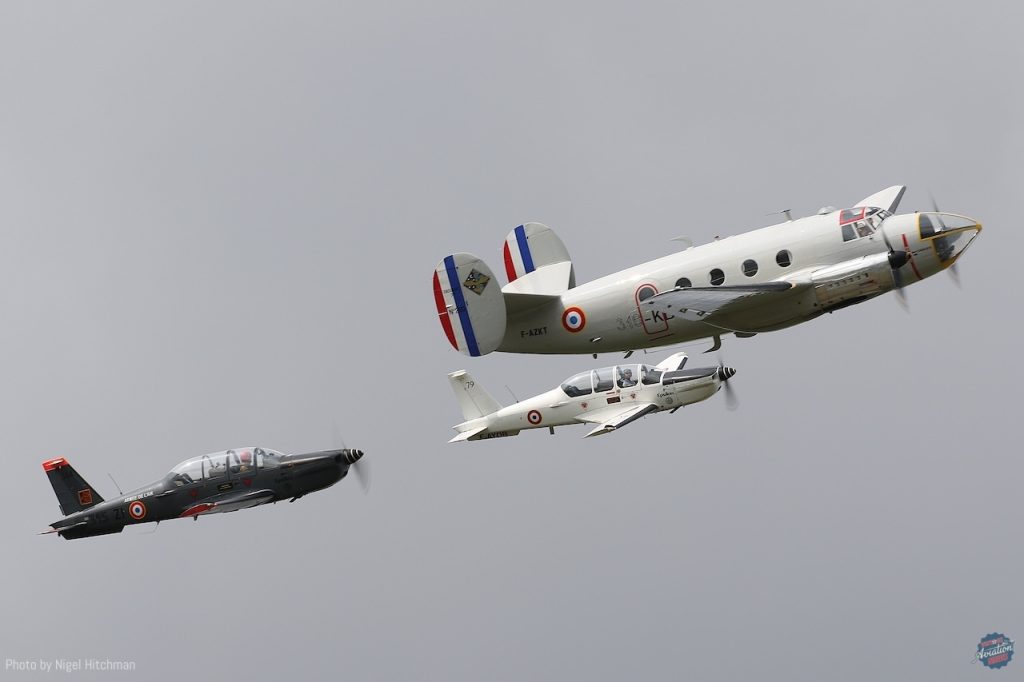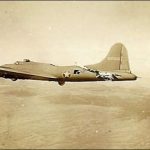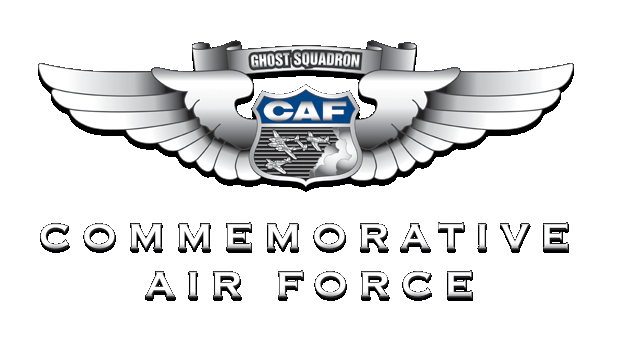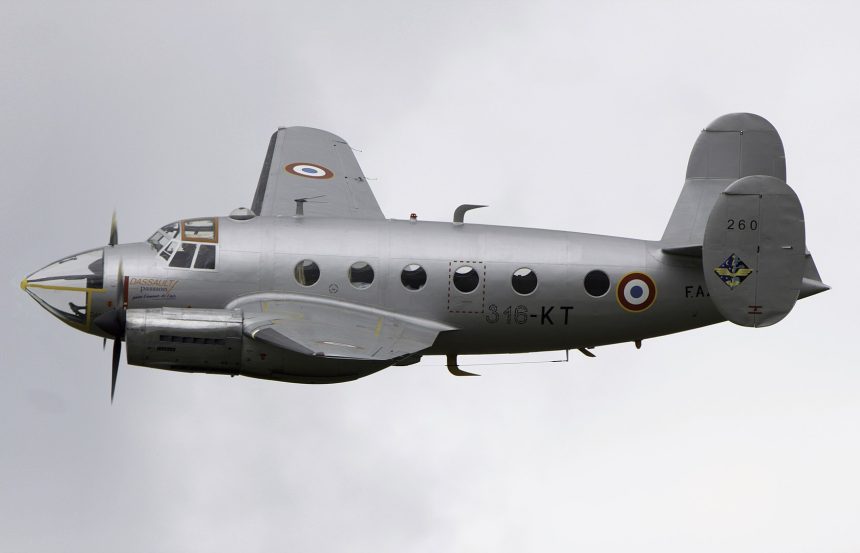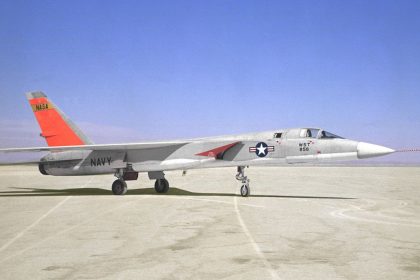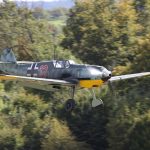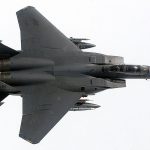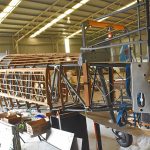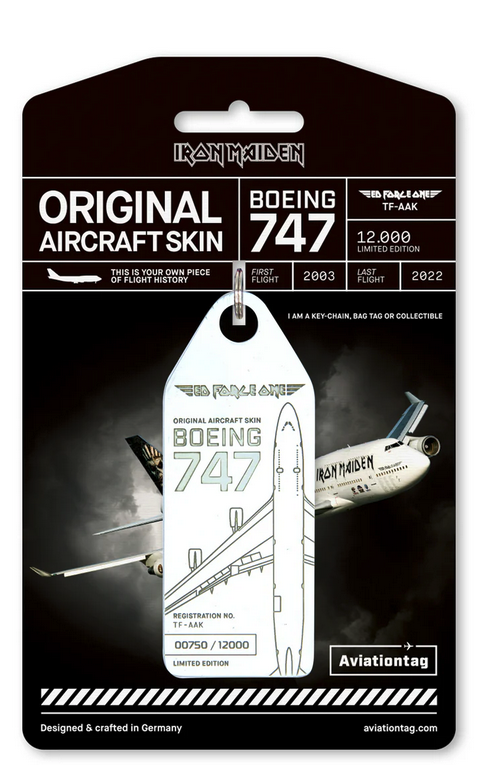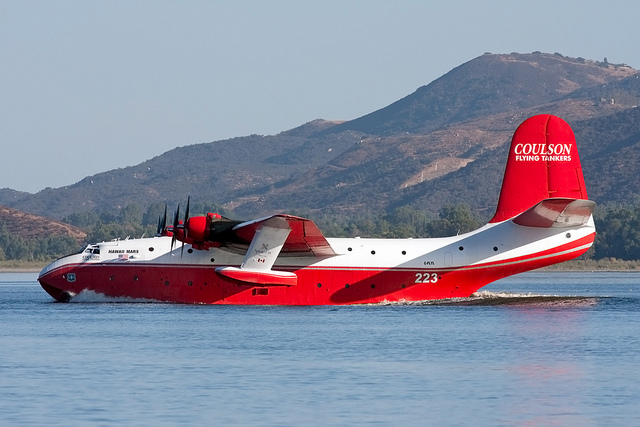
On this day in aviation history, 78 years ago (July 6, 1947), the Dassault MD 315 Flamant made its first flight. Designed and built in post-war France, the twin-engine light transport aircraft was developed in response to a French Air Force requirement for a colonial communications platform. Dassault based the design on the earlier MD 303 prototype, incorporating features from the wartime Marcel Bloch MB-30. The resulting aircraft was a low-wing monoplane featuring a twin tail and tricycle landing gear—modern and practical for its time.
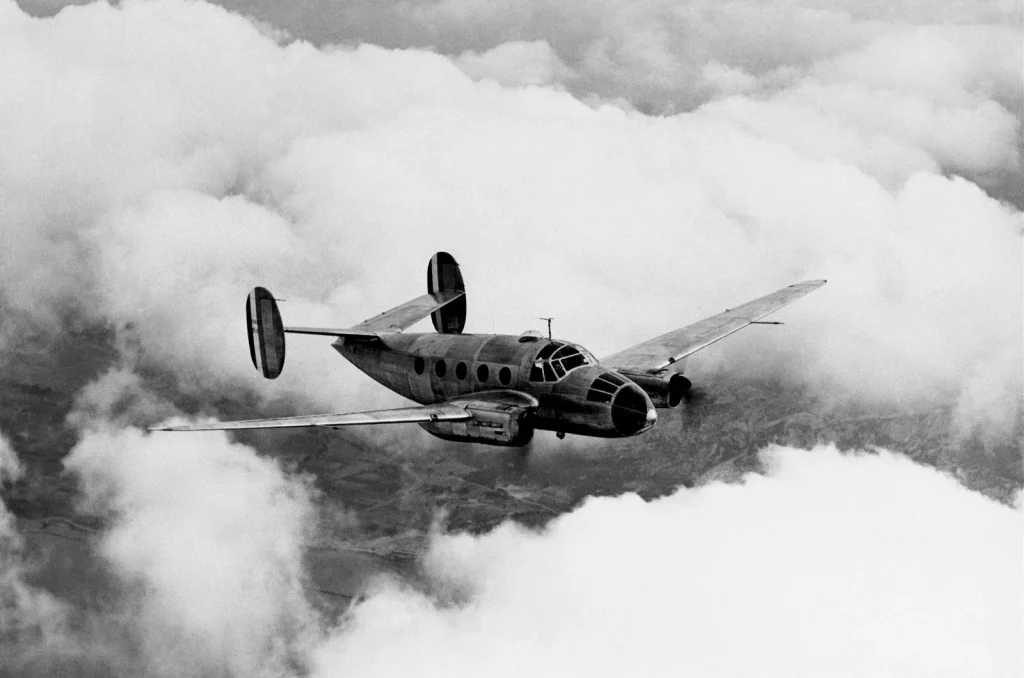
The MD 315 was officially delivered to the French Air Force in 1949, with all production examples completed by 1953. Throughout its service life, the Flamant served in a variety of roles: as a pilot and navigation trainer, light transport, maritime patrol aircraft, and even as a ground-attack platform. During the Algerian War of Independence, the aircraft was armed with Nord SS.11 and AS.11 anti-tank missiles, as well as machine guns, bombs, and rockets—demonstrating its versatility in combat.

Power came from two Renault 12S-02/201 inverted V12 engines, each producing 580 horsepower. This gave the MD 315 a maximum speed of 240 mph and a cruising speed of 190 mph. The aircraft boasted a range of 650 nautical miles and a service ceiling of 26,000 feet. In its ground-attack configuration, the Flamant could carry two .50 caliber Browning machine guns and up to 440 pounds of ordnance on four underwing hardpoints, making it a formidable light attack aircraft for its era.
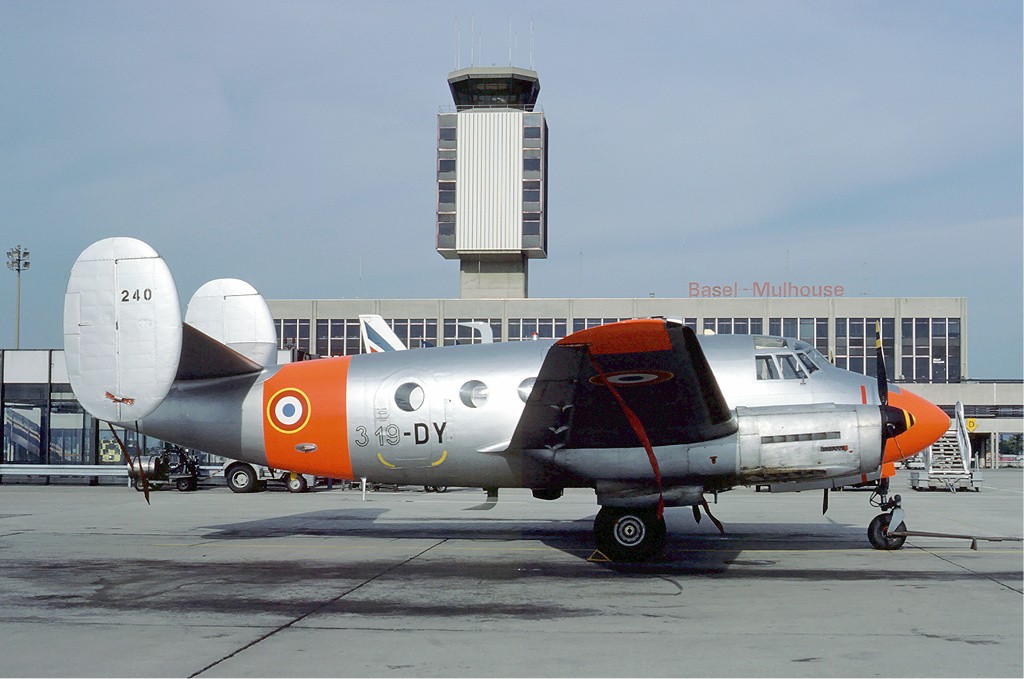
A total of 325 Flamants were built during its production run. While most were scrapped following retirement, the type continued to serve in the air forces of Vietnam, Tunisia, and Cambodia. Today, one airworthy MD 311 variant remains in operation in Europe, occasionally flying at events like the Paris Air Show. Though often overlooked in aviation history, the Dassault Flamant played a vital role in post-war military aviation, and the surviving example helps preserve the legacy of this versatile aircraft.
